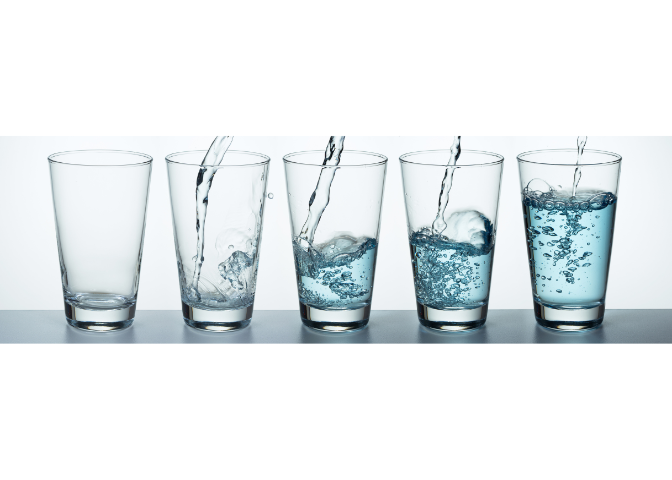RAPID PLAS - Life At Its Best
How much water do I need and
how much can I collect?
How much water do I need?
If you currently live in a property with a mains water connection, the best starting point to determine how much water you will need is your water bill.
Many water authorities will calculate your daily water usage and include it on your bill, but if not, your meter is read quarterly, plus or minus a few days, so you can calculate your average daily usage by dividing the total consumption for the quarter by 90 days.
You can also read your water meter to obtain consumption information.

The standard Australian household water meter has black numbers and red numbers. Read the black numbers from left to right. The black numbers represent kilolitres (1,000 litres) and the red numbers represent litres.
Your water bill reflects consumption measured in kilolitres, so multiply by 1,000 to convert to litres.
How will your water usage habits change?
 Once you know your current water usage, you should think about how your water usage habits will change when you live on a property without a mains connection. Will you have a swimming pool that needs to be topped-up? Will you have a vegetable garden to water? Will you need drinking water for livestock? Will you have more water efficient laundry and bathroom products?
Once you know your current water usage, you should think about how your water usage habits will change when you live on a property without a mains connection. Will you have a swimming pool that needs to be topped-up? Will you have a vegetable garden to water? Will you need drinking water for livestock? Will you have more water efficient laundry and bathroom products?
This isn’t a precise science, but it will give you an indication of your water needs. In Australia, average water usage varies greatly and ranges between 165 litres and 340 litres per person per day.
How much water can I collect?
This is a common question, and while there is no standard answer, it is quite simple to calculate as you only need to know two things:
 1. How much rain do you get?
1. How much rain do you get?
Rainfall varies from one place to another. In New South Wales, average rainfall varies from over 2,300mm in northern coastal regions to less than 230mm in the far west. It is easy to find the average rainfall for your location from the Bureau of Meteorology website.
2. What is the size of the catchment that will be supplying the tank?
The catchment is simply the roof area that rain falls on before draining, via the gutters, into your rainwater tank.
In theory, every millimetre of rain that falls on every square metre of catchment will deliver 1 litre of water into your water tank. In practice however, there will be some water losses to evaporation and first-flush devices, so let’s assume that 90% of the water that falls on your catchment is delivered to your tank.
In the table below, you can see the relationship between average rainfall and catchment area.
Clearly, under any rainfall scenario, the bigger the catchment area, the more water you can collect, so you should consider any roof surfaces – houses, garages, sheds, and barns, as assets from which you can collect rainwater.
Remember that the water level in your tank will continually change, falling as you consume water and rising when it rains. As rainfall is typically lower during the summer months and water demand increases, you need to ensure that you have enough storage to last through the summer months.
To be self-sufficient, the Australian Government recommends a minimum of 20,000 litres of water storage capacity for a family of four. Many rural properties would have much greater storage capacity and, after harvesting rainfall from every available roof, would expect to collect enough water to be comfortably self-sufficient in even the driest summers.


